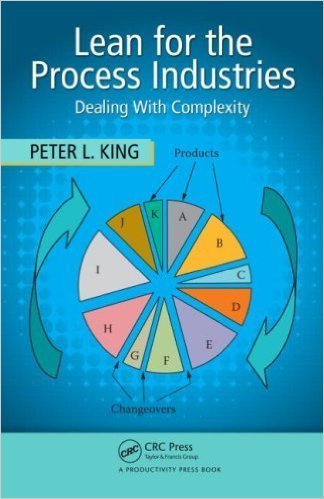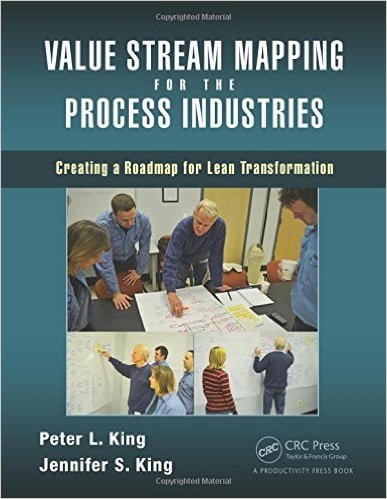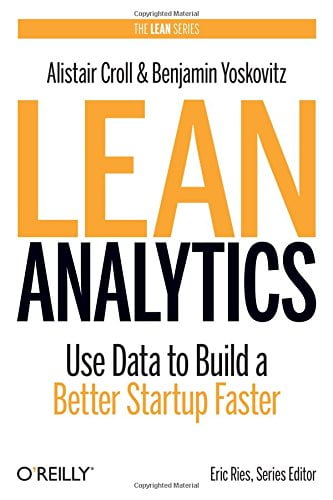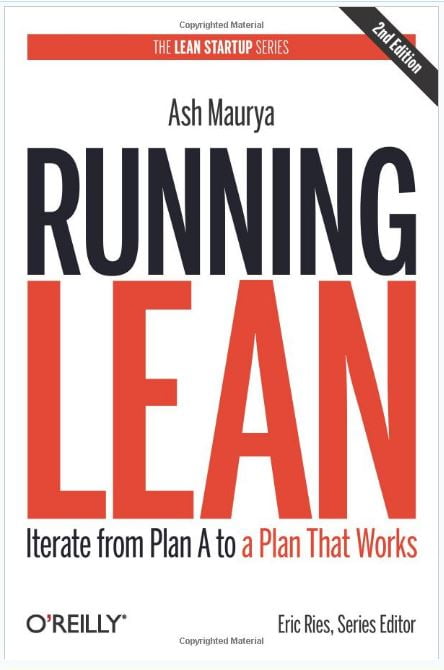THE PRINCE (Wisehouse Classics Edition)
THE PRINCE (Italian: Il Principe) is a 16th-century political treatise by the Italian diplomat and political theorist Niccolò Machiavelli. From correspondence a version appears to have been distributed in 1513, using a Latin title, De Principatibus (About Principalities). However, the printed version was not published until 1532, five years after Machiavelli's death. This was done with the permission of the Medici pope Clement VII, but "long before then, in fact since the first appearance of the Prince in manuscript, controversy had swirled about his writings". Although it was written as if it were a traditional work in the mirrors for princes style, it is generally agreed that it was especially innovative. This is only partly because it was written in the vernacular Italian rather than Latin, a practice which had become increasingly popular since the publication of Dante's Divine Comedy and other works of Renaissance literature.
THE PRINCE is sometimes claimed to be one of the first works of modern philosophy, especially modern political philosophy, in which the effective truth is taken to be more important than any abstract ideal. It was also in direct conflict with the dominant Catholic and scholastic doctrines of the time concerning how to consider politics and ethics. Although it is relatively short, the treatise is the most remembered of Machiavelli's works and the one most responsible for bringing the word "Machiavellian" into usage as a pejorative. It also helped make "Old Nick" an English term for the devil, and even contributed to the modern negative connotations of the words "politics" and "politician" in western countries. In terms of subject matter it overlaps with the much longer Discourses on Livy, which was written a few years later. In its use of near-contemporary Italians as examples of people who perpetrated criminal deeds for politics, another lesser-known work by Machiavelli which THE PRINCE has been compared to is the Life of Castruccio Castracani.
The descriptions within THE PRINCE have the general theme of accepting that the aims of princes-such as glory and survival-can justify the use of immoral means to achieve those ends:
"He who neglects what is done for what ought to be done, sooner effects his ruin
Lean for the Process Industries: Dealing with Complexity
Compared to its widespread implementation across almost all areas of production, Lean improvement efforts lag within the process industries. While, a number of innovators have successfully applied Lean principles to these industries over the last two decades, most of those pioneering efforts were never recorded to guide the improvement efforts of others.
More info →Value Stream Mapping for the Process Industries: Creating a Roadmap for Lean Transformation
Providing a framework that highlights waste and its negative effects on process performance, value stream maps (VSMs) are essential components for successful Lean initiatives. While the conventional VSM format has the basic structure to effectively describe process operations, it must be adapted and expanded to serve its purpose in the process industry.
This book describes in detail how to create a complete VSM for a process industry manufacturing operation. Detailing the unique features of process operations and why they require additions and adjustments to traditional VSMs, the book walks readers through the steps in analyzing the map. It explains how to scope improvement projects, prioritize them, and then use future state VSMs to illustrate and motivate systemic improvement. In doing so, it supplies readers with a roadmap for a complete Lean transformation.
Describes how to analyze the map for waste and flow issues so that they can be reduced and even eliminated
Provides examples of the calculations needed for the flow parameters in data boxes
Explains how the VSM concept can be applied to the entire supply chain
Includes strategies for engaging your entire workforce in map creation
The book introduces a target manufacturing process and uses it to describe how to create a complete VSM. The target process is complex enough to illustrate the issues often encountered in mapping a process industry operation, but straightforward enough to explain all of the mapping considerations and decisions.
The book includes real examples of how VSMs brought much greater clarity to the real issues the processes faced and cases where the insight enabled management to avoid costly, inappropriate investments.
More info →The Product Wheel Handbook: Creating Balanced Flow in High-Mix Process Operations
The Product Wheel (PW) design process has practical methods for finding the optimum sequence, minimizing changeover costs, and freeing up useful capacity. So much so, that the DuPont™ Company and Exxon Mobil are just a few companies that have used the product wheel concept to achieve and sustain a competitive advantage.
Breaking down a fairly complex design process into manageable steps, The Product Wheel Handbook: Creating Balanced Flow in High-Mix Process Operations walks readers through the process for designing and implementing the PW technique. It includes a case study taken from actual practice that illustrates the design process and its benefits. Describing how to apply the product wheel technique to any manufacturing operation, the book:
Details the steps required to implement product wheels
Explains why certain traditional manufacturing metrics should be reevaluated so they don’t inhibit product wheel performance
Defines the cultural foundation necessary for smooth product wheel design and implementation
Includes a real-world case study and several examples of product wheels being used by successful manufacturing companies―including BG Products, Inc., the DuPont™ Company, the Dow Chemical Company, and Appleton
Many of the steps in wheel design described in this book are not new. What’s new is their application to production planning and scheduling problems, and more importantly, a clear roadmap explaining how and when they should be used in product wheel design.
Supplying you with the tools to reduce the chaos often found in production scheduling, the book outlines a disciplined structure that will allow you to spend less of your time resolving schedule problems. Most importantly, it provides your organization with a stable platform to deal with abnormal events in a less stressful and more logical manner.
More info →Lean Analytics: Use Data to Build a Better Startup Faster
Marc Andreesen once said that "markets that don't exist don't care how smart you are." Whether you're a startup founder trying to disrupt an industry, or an intrapreneur trying to provoke change from within, your biggest risk is building something nobody wants.
Lean Analytics can help. By measuring and analyzing as you grow, you can validate whether a problem is real, find the right customers, and decide what to build, how to monetize it, and how to spread the word. Focusing on the One Metric That Matters to your business right now gives you the focus you need to move ahead--and the discipline to know when to change course.
Written by Alistair Croll (Coradiant, CloudOps, Startupfest) and Ben Yoskovitz (Year One Labs, GoInstant), the book lays out practical, proven steps to take your startup from initial idea to product/market fit and beyond. Packed with over 30 case studies, and based on a year of interviews with over a hundred founders and investors, the book is an invaluable, practical guide for Lean Startup practitioners everywhere.
More info →Running Lean: Iterate from Plan A to a Plan That Works
We live in an age of unparalleled opportunity for innovation. We're building more products than ever before, but most of them fail--not because we can't complete what we set out to build, but because we waste time, money, and effort building the wrong product.
What we need is a systematic process for quickly vetting product ideas and raising our odds of success. That's the promise of Running Lean.
In this inspiring book, Ash Maurya takes you through an exacting strategy for achieving a "product/market fit" for your fledgling venture, based on his own experience in building a wide array of products from high-tech to no-tech. Throughout, he builds on the ideas and concepts of several innovative methodologies, including the Lean Startup, Customer Development, and bootstrapping.








